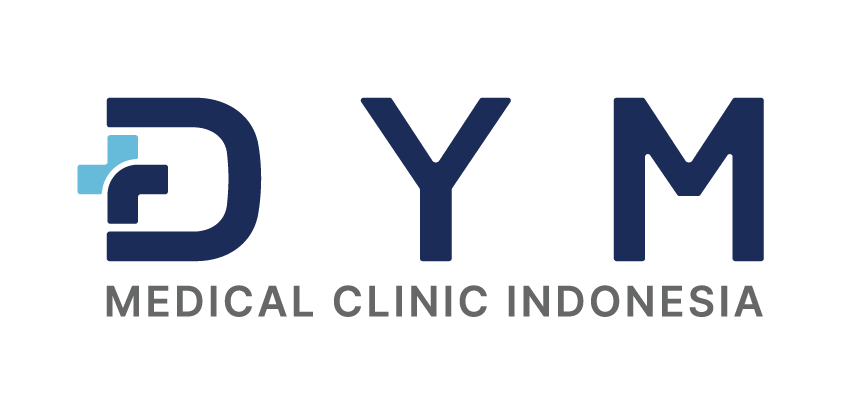- Top
- Department List
- Glaucoma’s symptoms and treatment
/
/

Department List
LIST OF CLINICAL DEPARTMENT
Make a reservation
RESERVE
Glaucoma’s symptoms and treatment
What is Glaucoma and how do you detect it?
Glaucoma is a disease in which the optic nerve is damaged, leading to a narrowing of the visual field. The primary cause is increased intraocular pressure, but it can also occur even with normal eye pressure. It is a progressive condition, making early detection crucial. The diagnosis of glaucoma involves a combination of several tests.
The main diagnostic methods are as follows:
- Visual acuity test: Checks for any decrease in vision.
- Intraocular pressure measurement: Important test, as high eye pressure is a risk factor.
- Visual field test: Assesses the presence and progression of visual field defects.
- Fundus examination: Examines the optic nerve head for damage or structural changes.
- OCT (Optical Coherence Tomography) test: Provides a detailed evaluation of the optic nerve structure and retinal layer thickness.
- Gonioscopy: Examines the shape and openness of the anterior chamber angle to determine the type of glaucoma (open-angle glaucoma or angle-closure glaucoma).
Glaucoma treatment
While a curing glaucoma is difficult, early treatment can help preserve vision. The treatment of glaucoma aims to slow its progression.
The main treatment methods are as follows:
Medication Therapy
Eye drops are the main treatment, used to lower intraocular pressure. Common types include prostaglandin analogs, beta-blockers, and carbonic anhydrase inhibitors.
Laser Treatment
- ・Laser Iridotomy: Effective for angle-closure glaucoma.
- ・Laser Trabeculoplasty: Performed to reduce intraocular pressure in open-angle glaucoma.
Surgical Treatment
If eye drops or laser treatment are not sufficiently effective, surgery may be performed. Common procedures include trabeculectomy and tube shunt surgery.
Lifestyle Modifications
Proper rest, stress management, and regular check-ups are essential.
Treatment is tailored to each patient’s condition. Regular examinations help monitor disease progression and ensure appropriate ongoing treatment.
Is There a Way to Prevent Glaucoma?
Completely preventing glaucoma is difficult, but the following measures can help reduce the risk of developing the condition:
- 1. Regular Eye Exams: Individuals over 40 should have routine eye check-ups.
- 2. Eye Health Management: Prevent eye strain and ensure adequate rest.
- 3. Healthy Lifestyle Habits: Maintain a balanced diet, engage in moderate exercise, and avoid smoking.
- 4. Stress Reduction: Since stress can affect intraocular pressure, make time for relaxation.
- 5. Early Detection: If you have a family history of glaucoma or notice any eye abnormalities, seek medical attention promptly.
Early diagnosis and proper management are key to preventing disease progression.
Frequently Asked Questions About Glaucoma
Can anyone develop glaucoma?
While individuals over 40 and those with a family history are at higher risk, anyone can develop glaucoma.
Are there any early symptoms?
In most cases, there are no noticeable symptoms in the early stages. Many people only realize it after vision loss has progressed.
Can glaucoma be cured?
A complete cure is difficult, but early treatment can help slow its progression.
Can glaucoma occur even if eye pressure is normal?
Yes, there is a type called “normal-tension glaucoma.”
Do I need to continue glaucoma treatment indefinitely?
Yes. Stopping treatment can accelerate disease progression.
What should I do if I forget to use my eye drops?
Apply the missed dose as soon as you remember, then continue with your regular schedule.
Department List

Access
Access

Menara Astra, Lantai 3, Jl.
Jenderal Sudirman, Kavling 5-6,
Karet Tengsin, Tanah Abang,
Kota Administrasi Jakarta Pusat,
Provinsi DKI Jakarta, 10220


 appointment
appointment  Access
Access
 +62 21 8665 6830
+62 21 8665 6830 